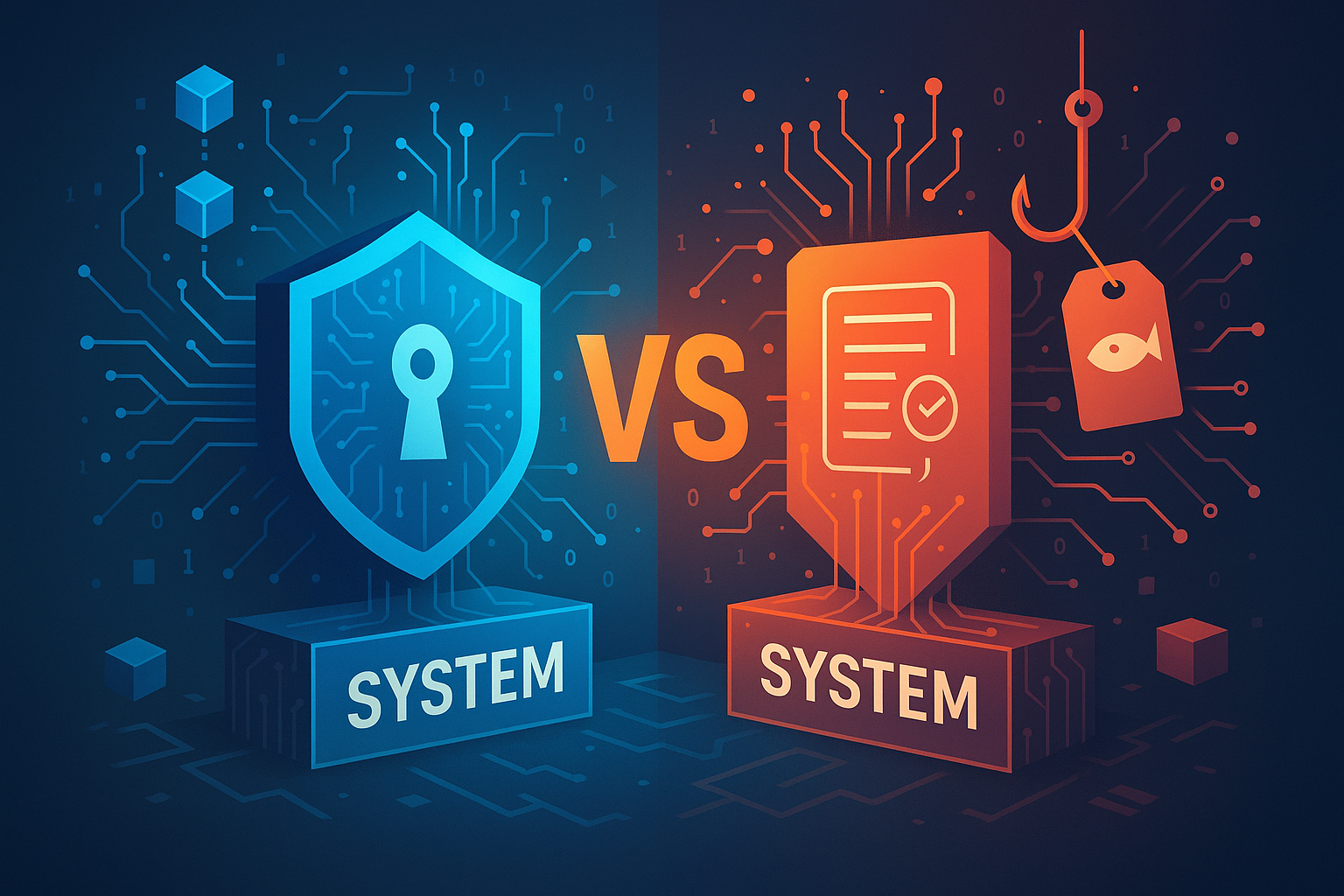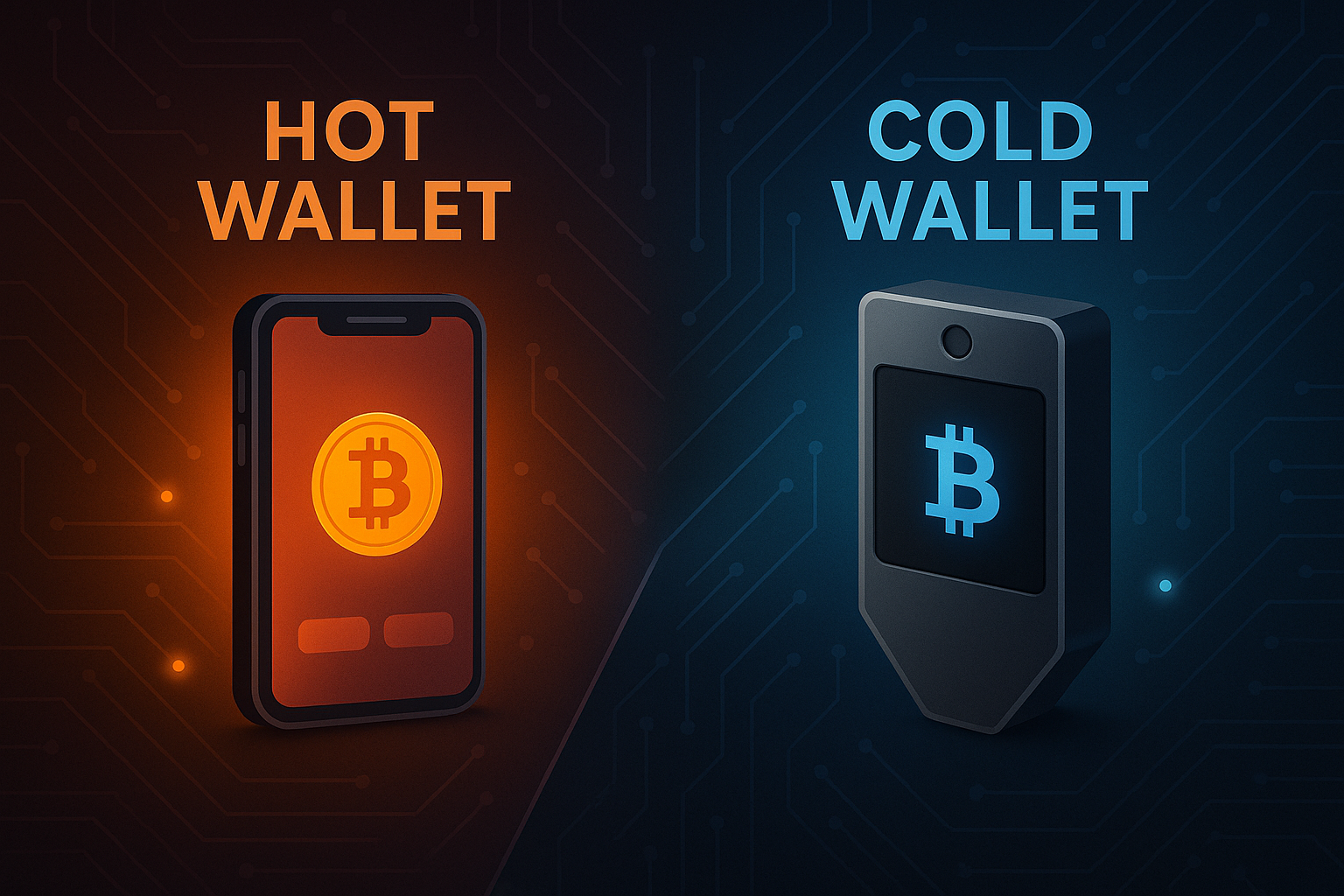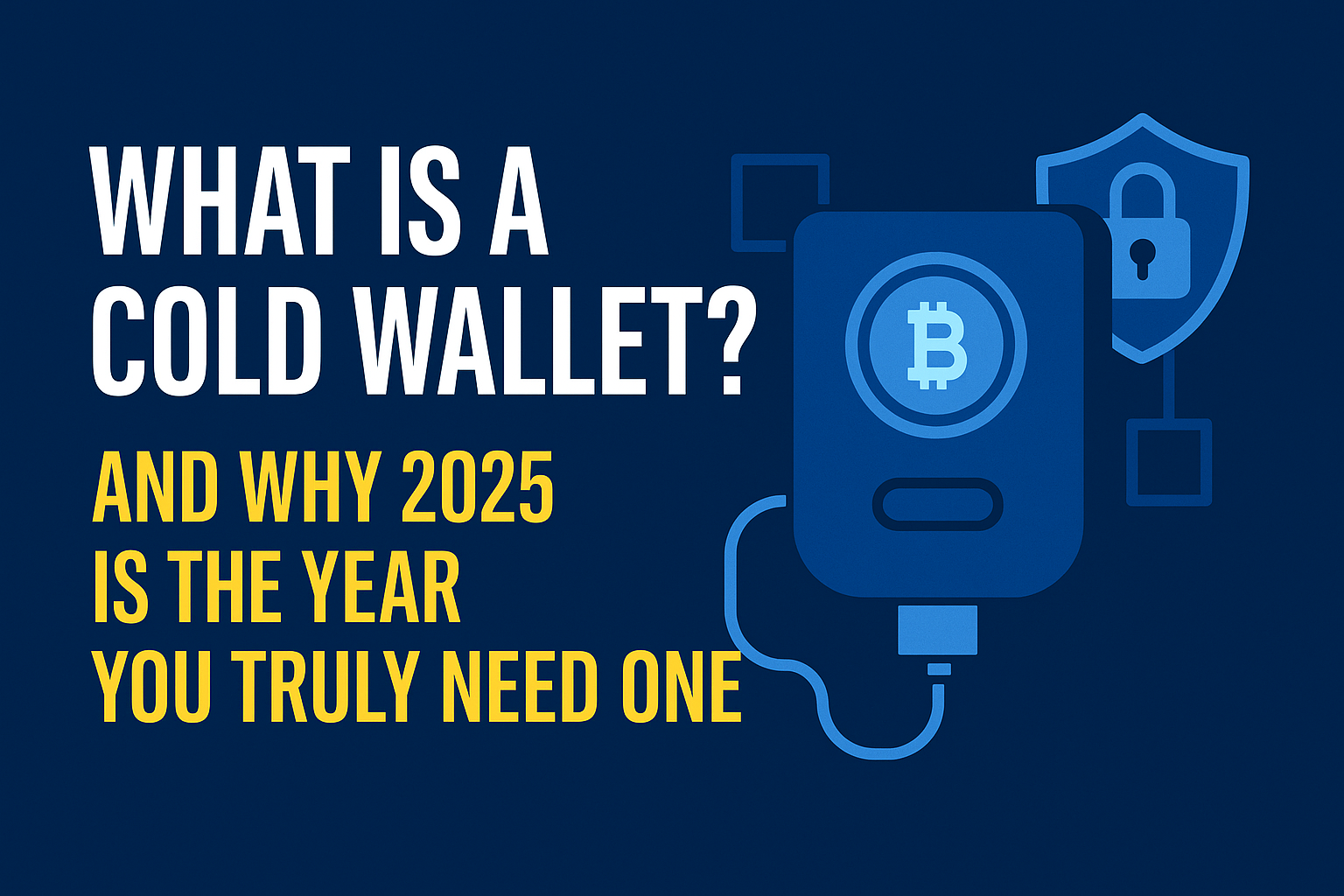Table of Contents
Introduction
In the world of cryptocurrency, the next big battle isn’t token vs token—it’s system vs system. While Bitcoin vs Ethereum debates may dominate headlines, the true test of crypto’s future lies in how well each system can defend against growing threats in Web3 security.
The Numbers Don’t Lie
Crypto hacks have cost users billions in recent years. Here are some alarming figures:
- Wormhole: ~$320M exploited in 2022 (CoinDesk)
- Euler Finance: ~$200M loss in flash loan attack, 2023 (Medium)
- CoinDCX: ~$44M breach due to compromised credentials (The Economic Times)
What Makes a System “Secure”?
It’s not just about code—security is a culture. A truly secure crypto system includes:
- ✅ Decentralized architecture
- ✅ Formal audits and bounty programs
- ✅ Strong community governance
- ✅ Resistance to social engineering attacks
10 Crypto Security Habits You Need in 2025
| # | Habit |
|---|---|
| 1 | Use a cold wallet: Store long-term assets in offline wallets like Ledger, Trezor, or SafePal. |
| 2 | Enable two-factor authentication (2FA): Activate 2FA on all crypto exchanges and wallets. |
| 3 | Never share your seed phrase or private key: Even trusted friends should not have access. |
| 4 | Bookmark official websites: Prevent phishing attacks by avoiding fake domains. |
| 5 | Avoid suspicious links and DApps: Don’t interact with unknown airdrops or decentralized apps. |
| 6 | Verify email senders: Double-check support emails for legitimacy before responding. |
| 7 | Use secure devices: Conduct transactions with hardware wallets or air-gapped devices. |
| 8 | Revoke unnecessary token permissions: Use platforms like revoke.cash regularly. |
| 9 | Stay off public Wi-Fi: Only use trusted networks when accessing your crypto accounts. |
| 10 | Back up and test recovery methods: Perform this at least every six months. |
Bonus: Share this checklist with your team or family who also use crypto.
👉 Related: How to Choose the Best Cold Wallet for Beginners in 2025
Poll: Have you ever been phished?
So… Who Wins?
The chains that survive the next decade won’t just be the most scalable or fastest—they’ll be the most secure. The system that trains its users, incentivizes safety, and evolves against threats will dominate the next bull cycle.



